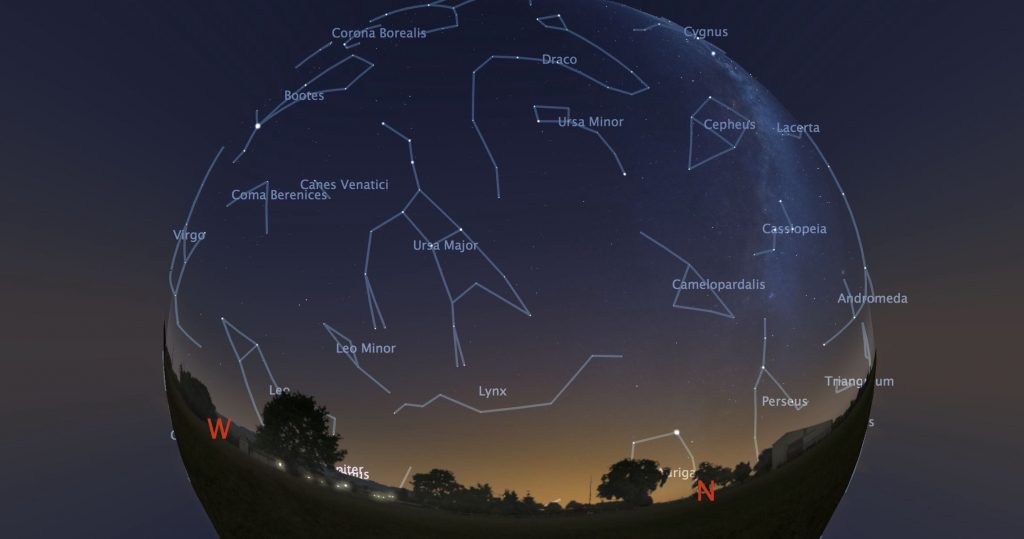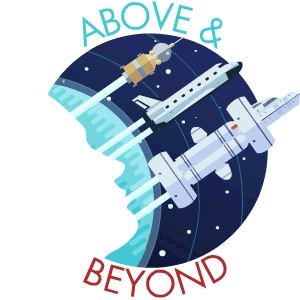

There’s nothing quite like the feeling of gazing into the night sky. For centuries, human civilizations around the world have transformed their fascination with the motion of the stars and planets into colorful myths and legends to explain them.
Today, we know more than ever about the skies above us, but that knowledge is unevenly distributed. Planetariums help: They are places where the general public can sink into a comfortable chair, look up, and listen as an expert maps out what’s happening in the heavens. But these facilities are few and far between–particularly in the developing world.
Enter Alastair Bruce, a post-graduate student at the University of Edinburgh, who’s come up with a solution. He’s creating a virtual reality system called StarsightVR that can deliver a planetarium-like experience, complete with guidance from a professional astronomer, anywhere on the globe. “The minute I heard about the Oculus Rift headset, I knew I wanted to go stargazing with it,” Bruce said. “I love giving stargazing talks, but Edinburgh’s weather usually means I’m forced to keep people indoors–this seemed like the ideal backup plan!”
Bruce found a software developer familiar with Stellarium–the open-source code used to run many planetariums–and applied for a small grant to create a working proof of concept. “I decided the way ahead was to combine the headset with Stellarium, because that software is very popular, as well as really good. And what’s more, it’s open source, which means we could get the benefit to the maximum number of people,” he explained.

The prototype worked perfectly, “knocking the socks” off attendees at the Edinburgh International Science Festival, according to Bruce’s supervisor, Andy Lawrence. While Bruce explained that “the way Stellarium displays brighter stars, along with the limitations of the headset and required color corrections, means that the star field won’t look as crisp as it does in a full-blown planetarium,” its advantages are many. “Top of the list is that you don’t need to be within reach of a planetarium, as you can connect remotely. Second is that you can turn the ground off!”
Anyone wanting to join a remote stargazing session will be able to do so from anyplace on the globe with an Internet connection. After downloading the free StarsightVR software, a user will simply connect to a telemetry server and an audio feed, then listen along. Even those without a VR headset can participate in the fun, as the software works fine with a mouse and keyboard. “In effect, each machine is running its own independent simulation,” said Bruce, “but we have the control we need for the stargazing talk.”
With the software still in the prototype phase, the initial grant has now run out. More funds are needed if the innovation is to be made widely available–so Bruce has set up a crowdfunding campaign to gather enough cash to fully test and refine the software. “That will allow us to gauge the popularity of the idea, while also putting us in touch with a community of people who may be happy to assist in testing and providing us with feedback and suggestions,” said Bruce. “All money will go into development costs; we’re happy to put our own time into hosting the stargazing talks.”
Lawrence added: “Ideally we would run a StarsightVR show perhaps once a month, but we don’t know yet how popular it would be or how well it will scale up. Our plan is to run a trial event or two and see how we go.” Ultimately, Bruce just wants to share his love of the heavens with as wide an audience as possible.
“Some people are simply unable to come to places like the Royal Observatory or to travel to dark skies,” he said. “This technology could help them enjoy astronomy in a way that until now wasn’t possible.”


How We Get To Next was a magazine that explored the future of science, technology, and culture from 2014 to 2019. This article is part of our Above & Beyond section, which looks at our understanding of the universe beyond Earth. Click the logo to read more.
